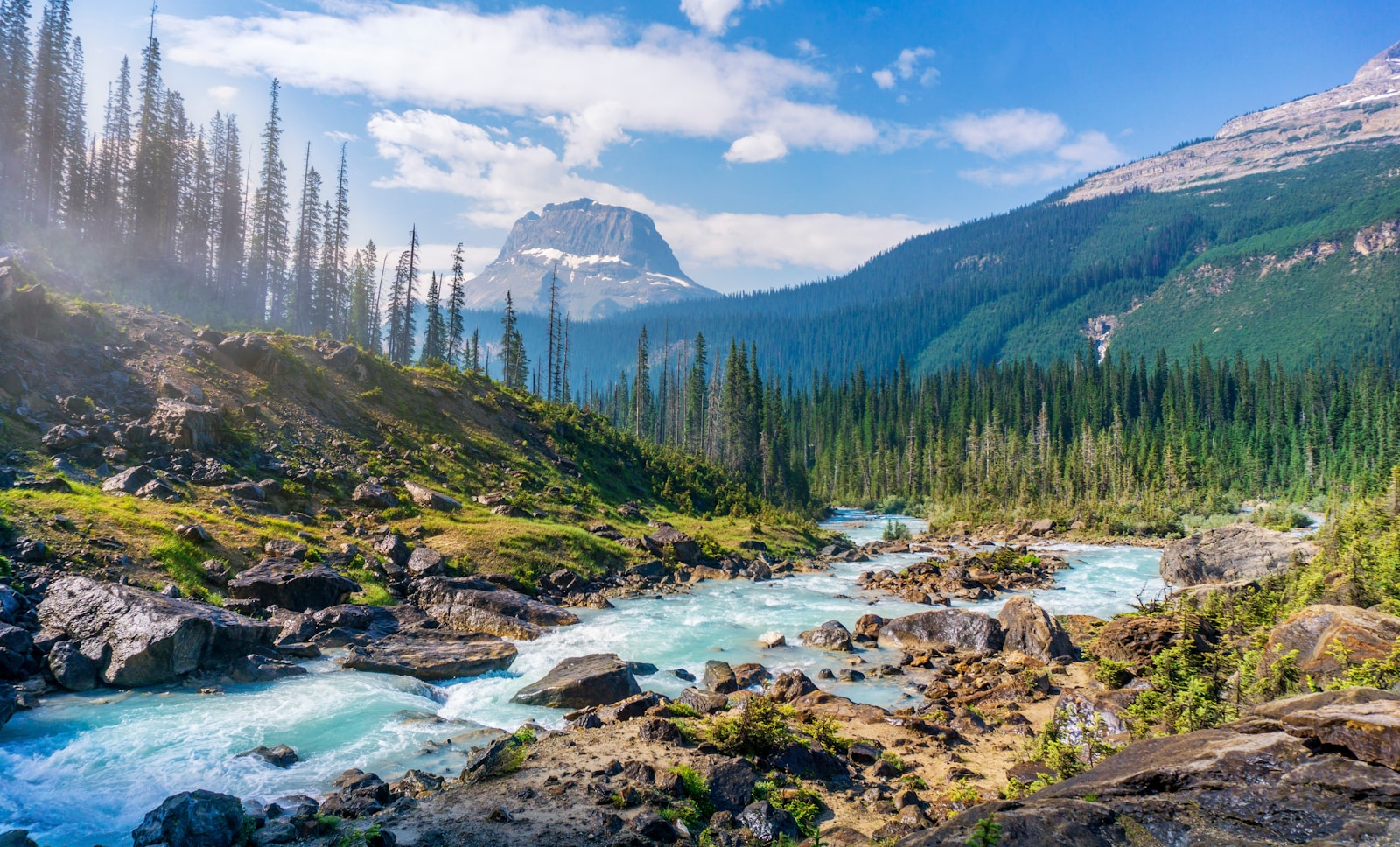In the vast expanses of national parks and wilderness areas around the world, encounters with nature’s unpredictability can quickly turn into life-threatening situations—calling for extraordinary rescue efforts. From treacherous mountain peaks to remote canyons, park rangers, search and rescue teams, and dedicated volunteers routinely perform heroic feats to save lives.
These operations not only highlight human resilience and the unwavering commitment of first responders, but also serve as powerful reminders of nature’s breathtaking beauty—and its unforgiving power. The following stories showcase some of the most astonishing park rescues in recent history—missions that defied the odds, pushed the limits of human endurance, and left even the most seasoned rescue experts in awe.
The Miracle at Mount Rainier: A Week-Long Survival
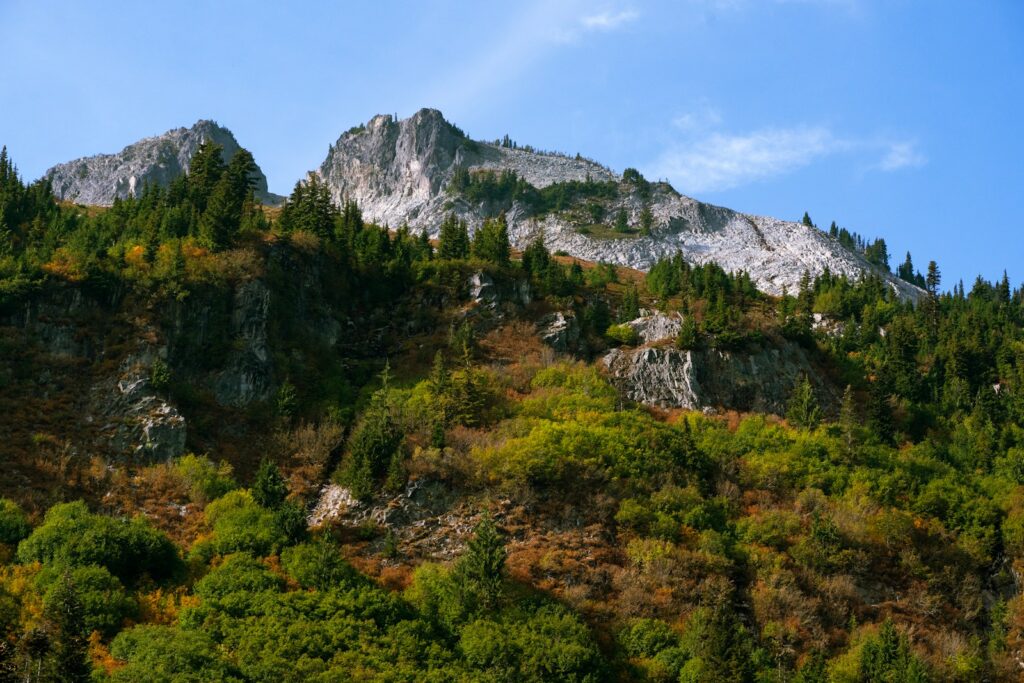
In January 2012, experienced climber Yong Chun Kim became separated from his snowshoeing group during a sudden whiteout on Mount Rainier. What followed was a 47-hour ordeal in sub-freezing temperatures that left survival experts around the world astonished.
To stay alive, Kim dug a snow cave, burned personal items for warmth, and carefully rationed the small amount of food he had packed. Most remarkably, as temperatures plunged to minus 15 degrees Fahrenheit overnight, he used a Korean meditation technique to slow his metabolism and conserve body heat.
When a helicopter search team finally spotted him, Kim emerged from his snow shelter and waved—walking under his own power despite suffering from severe frostbite and dehydration. Medical experts later stated that his survival defied conventional understanding of human endurance in such extreme conditions.
Aron Ralston’s Self-Rescue in Blue John Canyon
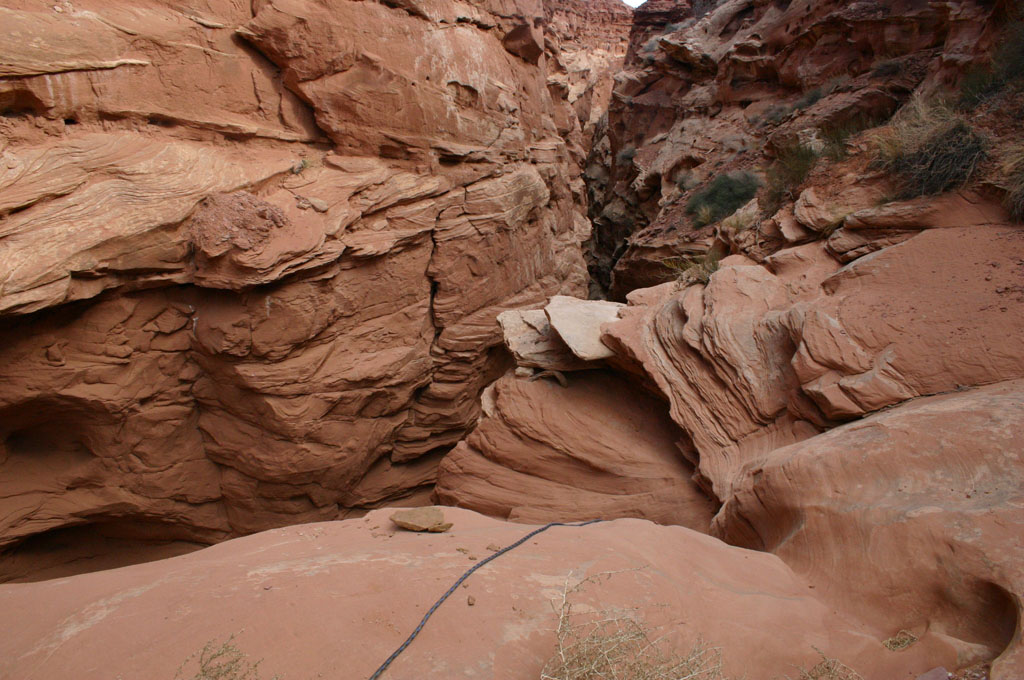
Perhaps one of the most famous wilderness survival stories ever documented took place in 2003, deep within Blue John Canyon in Utah’s Canyonlands National Park. Experienced hiker Aron Ralston became trapped when an 800-pound boulder dislodged and pinned his right arm against a narrow canyon wall.
After five days with minimal water and food, Ralston made an unimaginable decision: he amputated his own arm using a dull multi-tool knife. With incredible determination, he then rappelled down a 65-foot cliff—one-handed—and hiked seven miles before encountering other hikers who alerted rescuers.
Search and rescue professionals have called Ralston’s ordeal one of the most extraordinary examples of self-rescue ever recorded, requiring not just physical endurance, but unparalleled psychological strength. His story later inspired the acclaimed film 127 Hours and continues to be studied in survival training and wilderness medicine courses around the world.
The Grand Canyon Flash Flood Helicopter Rescue
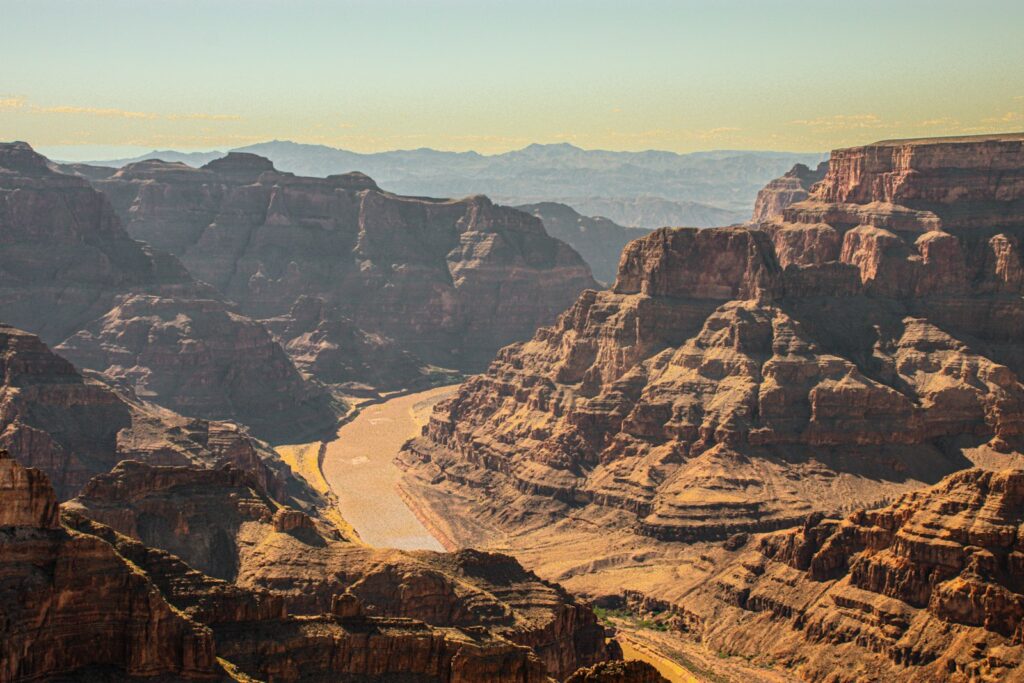
In August 2008, torrential rains triggered a catastrophic flash flood through Havasu Canyon near the Grand Canyon, stranding nearly 400 people—including members of the Havasupai tribe and numerous tourists. What followed became one of the largest helicopter evacuation efforts ever conducted in an American national park.
Arizona National Guard Blackhawk helicopters executed more than 85 flights under extremely challenging conditions, navigating narrow canyon walls while contending with unstable weather patterns. The remote location lacked suitable landing zones, forcing pilots to hover dangerously close to rock faces while rescue personnel hoisted stranded individuals using harnesses.
The operation lasted three days and successfully evacuated all 400 people without a single casualty. Rescue coordination experts have since hailed it as a textbook example of how to conduct mass evacuations in extreme terrain, combining precision flying, rapid response, and collaborative effort.
Antarctica’s Darkest Winter Rescue
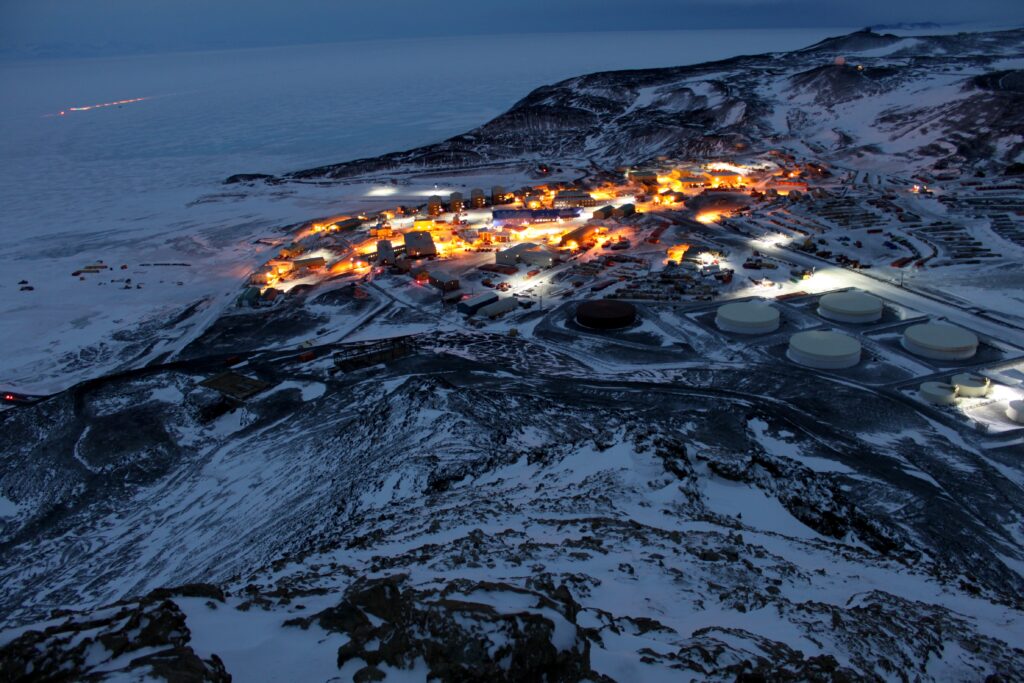
Though not a traditional national park, Antarctica’s McMurdo Station became the setting for one of the most daring rescue operations ever attempted in 2016. A staff member at the remote Amundsen-Scott South Pole Station developed a life-threatening medical condition that required immediate evacuation—during the dead of the Antarctic winter.
Two Twin Otter aircraft were dispatched from Canada for the treacherous 1,500-mile journey, flying through complete darkness and temperatures plunging to minus 70 degrees Celsius. The extreme cold threatened to freeze hydraulic lines and fuel, while pilots relied on night-vision equipment and specialized instruments to navigate the desolate terrain.
Each flight segment required hours of warming the engines, which could not be shut down upon landing for fear they wouldn’t restart. Against all odds, the crew successfully evacuated the patient and delivered them to medical care in Chile. For completing what aviation experts considered a near-impossible mission in conditions humans are scarcely equipped to survive, the pilots were later awarded the Distinguished Flying Cross.
The Unprecedented Thai Cave Rescue
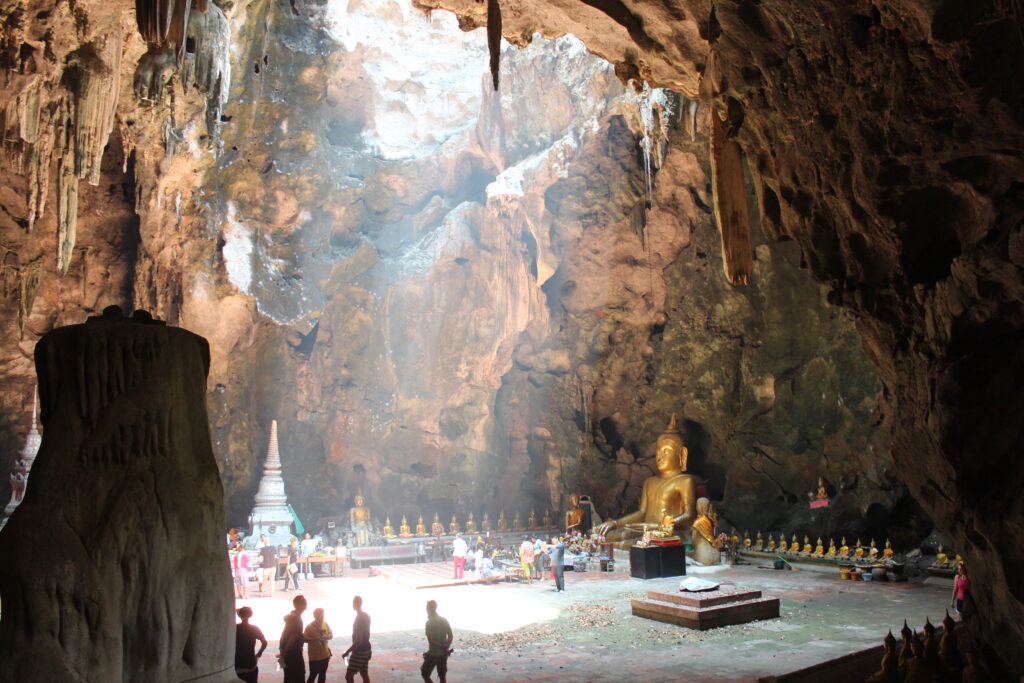
In June 2018, the world watched in suspense as an international team mounted a rescue operation to save twelve boys and their soccer coach trapped inside Thailand’s flooded Tham Luang cave, located in Khao Yai National Park. The group had become stranded on a small rock shelf nearly 2.5 miles from the cave entrance after sudden monsoon flooding blocked their exit.
What followed was an 18-day rescue mission involving more than 10,000 people, including elite cave divers from across the globe. Navigating pitch-black, submerged passageways so narrow that oxygen tanks had to be removed to fit through, the divers faced extreme physical and psychological hazards. The final rescue plan, which many experts considered nearly suicidal, involved sedating each boy and guiding them underwater for hours—essentially turning them into unconscious cargo to prevent panic during the treacherous journey.
Miraculously, all thirteen were rescued. The mission’s triumph was tempered by tragedy: a former Thai Navy SEAL died during the effort, underscoring the operation’s immense risk. To this day, cave rescue professionals regard it as the most complex and daring cave rescue ever executed, a groundbreaking fusion of technical diving, international cooperation, and never-before-attempted medical innovation.
Yosemite’s El Capitan Impossible Rescue
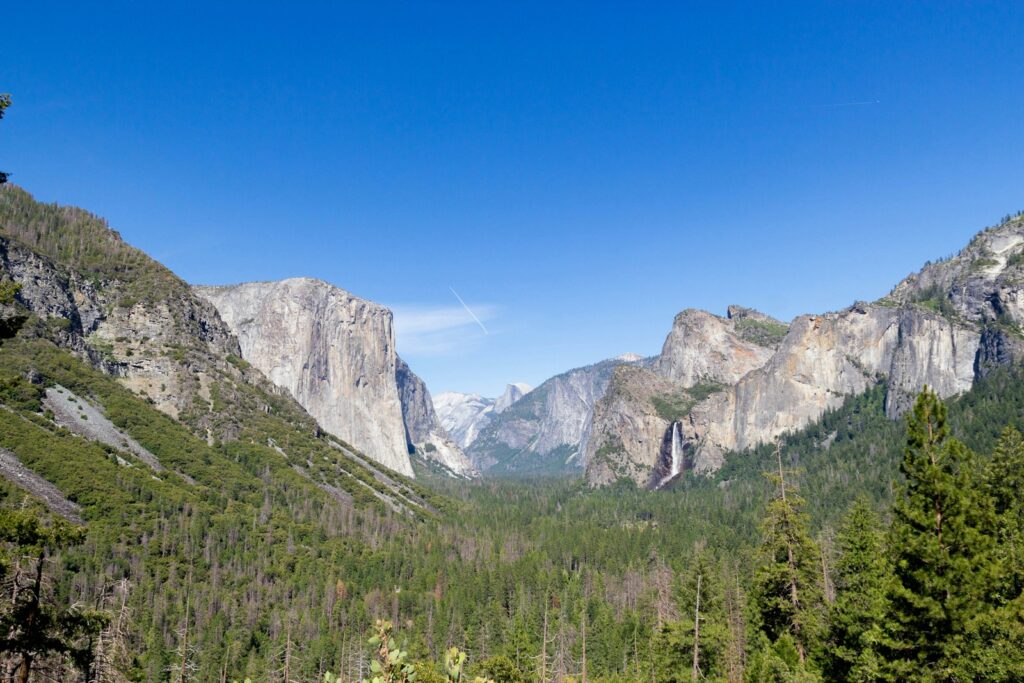
In October 2015, elite climber Quinn Brett endured a catastrophic 100-foot fall while speed climbing El Capitan in Yosemite National Park, crashing onto a narrow ledge nearly 1,200 feet above the valley floor. The remote, vertical location presented what many initially deemed an impossible rescue scenario.
Yosemite’s specialized climbing rangers, known for their elite technical skills, sprang into action alongside a team of expert volunteer climbers. Together, they constructed an intricate rope and pulley system to reach Brett and stabilize her spine on the exposed ledge. With time running out and Brett’s injuries severe, the team coordinated a high-risk short-haul helicopter rescue.
Hovering dangerously close to the sheer granite wall, the helicopter lowered a ranger suspended on a 200-foot line. Wind gusts threatened to slam both rescuer and patient against the cliff, adding even greater danger to the already precarious operation. Despite these conditions, the team managed to safely extract Brett and transport her to medical care.
This rescue has since been hailed as one of the most technically demanding missions ever conducted on El Capitan, showcasing the unmatched expertise, bravery, and coordination of Yosemite’s legendary search and rescue team.
The Lost Hiker of Maui’s Bamboo Forest
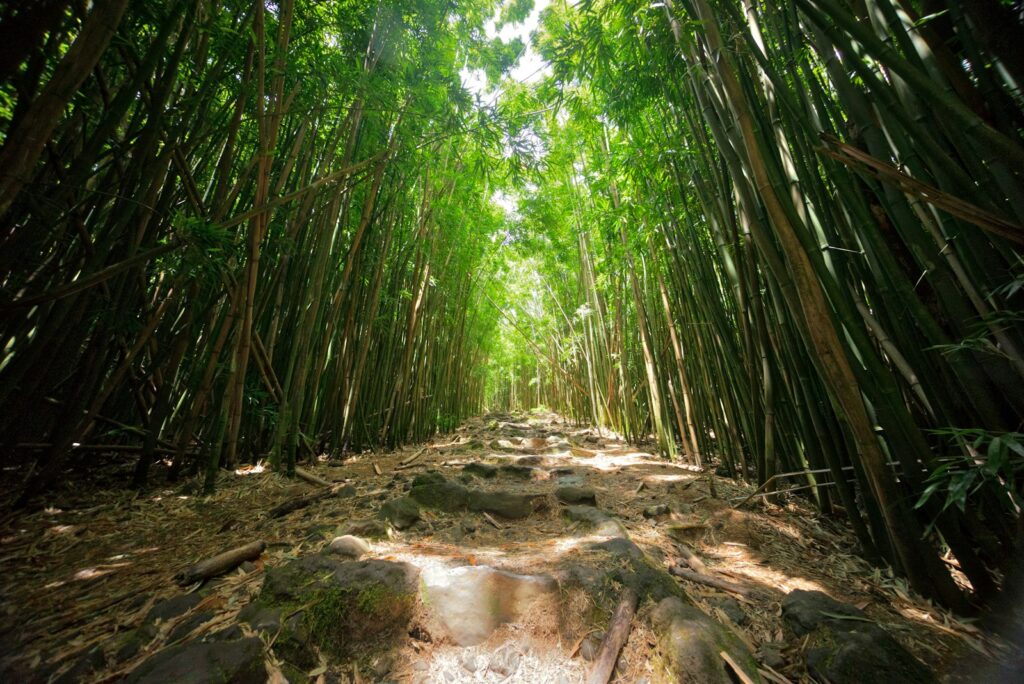
In 2019, yoga instructor Amanda Eller vanished during what was meant to be a short hike in Maui’s Makawao Forest Reserve, sparking a search effort that quickly captured national attention. After taking a wrong turn, Eller found herself hopelessly lost in the dense Hawaiian jungle, where she survived an astonishing 17 days on wild berries, guava, and stream water. Along the way, she suffered a leg injury, skin infections, and severe sunburn, all while navigating rugged terrain barefoot.
What made her rescue so extraordinary was both the slim chance of survival and the unconventional means by which she was found. After official search operations were scaled back, a group of dedicated volunteers refused to give up. They hired a private helicopter, and during a flyover of a remote ravine miles off her intended route, they spotted Eller waving for help.
Because the jungle was too thick for a standard basket extraction, the helicopter had to execute a risky landing on uneven terrain. Rescue crews managed to reach her safely and airlift her out. Survival experts later stated that the odds of finding someone alive after more than two weeks in such an environment were incredibly low. Eller’s story became a powerful testament to human resilience—and to the tenacity of volunteer searchers who press on even when hope begins to fade.
Grand Teton’s Night Rescue on the Exum Ridge
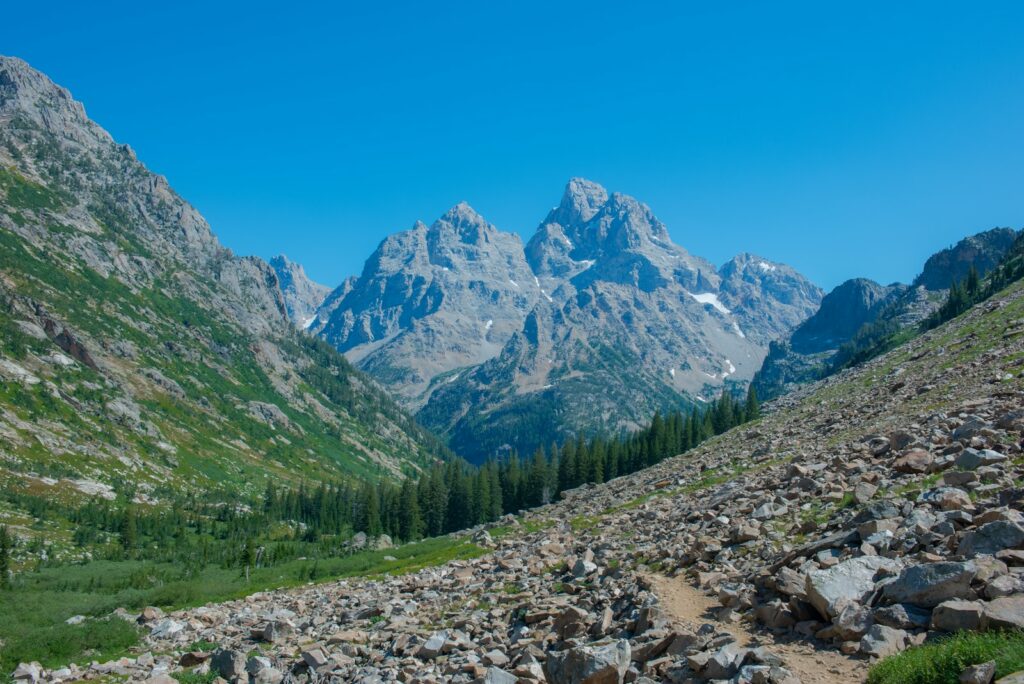
In August 2010, a lightning strike on Grand Teton’s Exum Ridge triggered one of the most challenging high-altitude night rescues in the park’s history. Three climbers were directly struck while navigating the exposed ridge at 13,000 feet, suffering severe injuries including neurological damage and burns.
As darkness fell and the thunderstorm raged on, park rangers made the unprecedented decision to attempt a helicopter rescue—despite conditions that would normally ground all aircraft. Using night-vision technology and flying dangerously close to the mountain’s steep face, pilots positioned the helicopter while rangers rappelled down to the stranded climbers. The team worked through driving rain and wind gusts exceeding 50 mph to stabilize and extract all three individuals.
Aviation experts later analyzed the flight recordings and concluded that the rescue pushed the absolute limits of helicopter capabilities in mountainous terrain. The operation has since become a case study in emergency response risk assessment, demonstrating how calculated risks can sometimes lead to seemingly impossible rescues.
Denali’s Highest Altitude Rescue
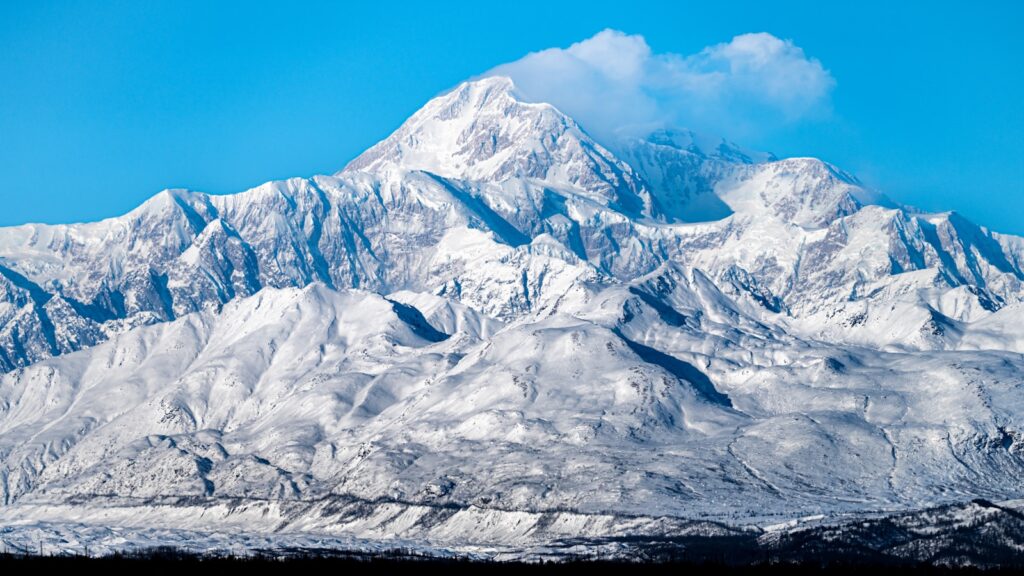
In May 2011, a team of climbers became stranded at 19,500 feet on Denali (formerly Mount McKinley) in Alaska after several members developed severe high-altitude pulmonary edema. The location—near the summit on a steep, icy slope—was well above what had previously been considered the maximum altitude for helicopter rescues in North America.
The National Park Service’s high-altitude rescue team coordinated with military helicopter pilots specially trained in mountain operations to attempt what many believed was impossible. Pushing a specially modified helicopter to its absolute operational ceiling, pilots managed to hover briefly near the stricken climbers while maintaining dangerously thin rotor clearance from the mountain face.
The rescue required removing all non-essential equipment from the aircraft and calculating fuel loads down to the precise pound. The successful extraction of four critically ill climbers set a new North American record for high-altitude helicopter rescue and demonstrated how advancements in technology and specialized training continue to expand the boundaries of what’s possible in mountain rescue operations.
The Yellowstone Grizzly Attack Survivor
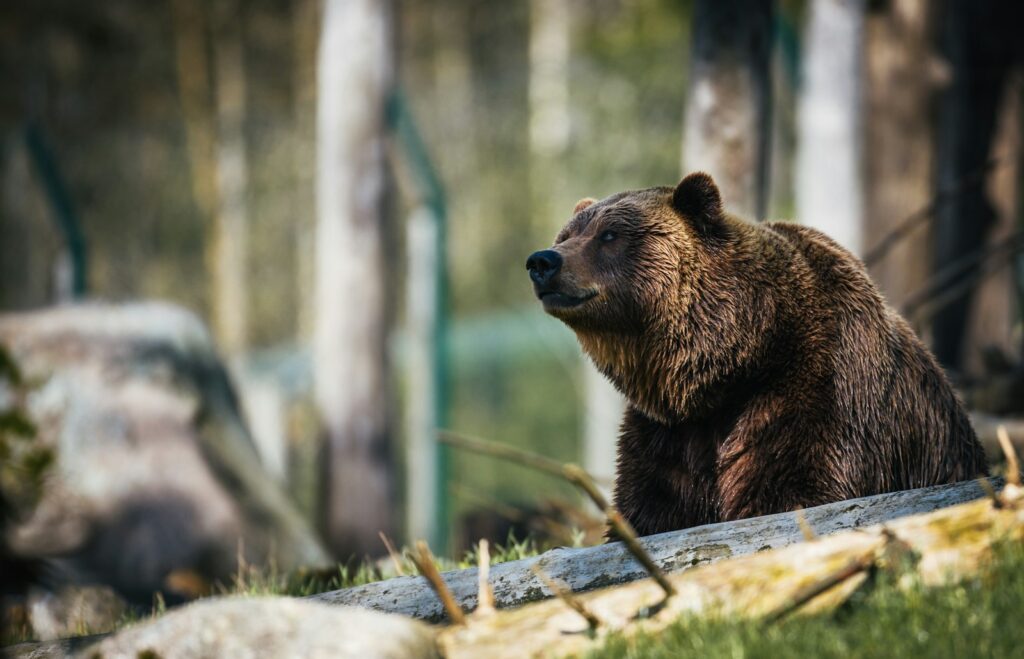
In 2016, off-duty park guide Amber Kornak was conducting wildlife research alone in Montana’s Cabinet Mountains when she was attacked from behind by a grizzly bear. Despite suffering a skull fracture and severe lacerations, Kornak managed to deploy her bear spray, forcing the animal to retreat.
What followed was one of the most remarkable self-rescues ever documented in bear attack cases. With blood obscuring her vision and a portion of her skull exposed, Kornak hiked two miles back to her vehicle and began driving toward help before her injuries became too severe to continue. She then used her satellite phone to guide rescuers to her location.
Wilderness medicine experts were astonished by her ability to function with such catastrophic injuries, noting that a combination of adrenaline and extraordinary willpower allowed her to accomplish what should have been physically impossible. Her case is now studied in wilderness first responder training as a powerful example of human resilience during life-threatening wildlife encounters.
Zion National Park’s Slot Canyon Flash Flood
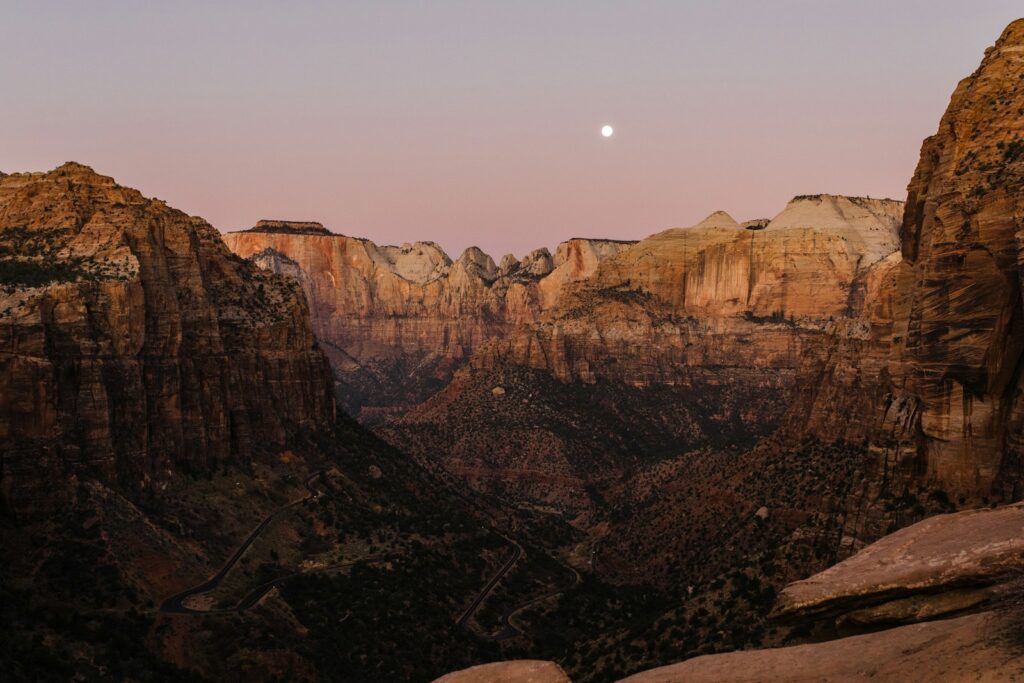
In September 2015, seven canyoneers were caught in a catastrophic flash flood while exploring a narrow slot canyon in Zion National Park. Torrential rain upstream sent a sudden wall of water, debris, and logs rushing through the canyon, separating the group and sweeping them downstream.
Park rangers and search teams faced near-impossible conditions: ongoing flooding made standard search patterns unworkable, and the narrow canyon walls rendered helicopter operations too dangerous. Using specialized canyoneering techniques and rope systems, rescuers rappelled into segments of the canyon during brief weather lulls. The mission ultimately shifted from rescue to recovery, as six of the seven canyoneers were found deceased—carried miles downstream by the powerful current.
The tragedy prompted significant revisions to Zion’s permit system and flood-warning protocols. The technical complexity of the recovery effort—executed in extremely hazardous, post-flood conditions—highlighted the unique and highly demanding nature of canyon rescues, which differ significantly from traditional wilderness search operations.
Hawaii Volcanoes National Park’s Sulfur Dioxide Rescue
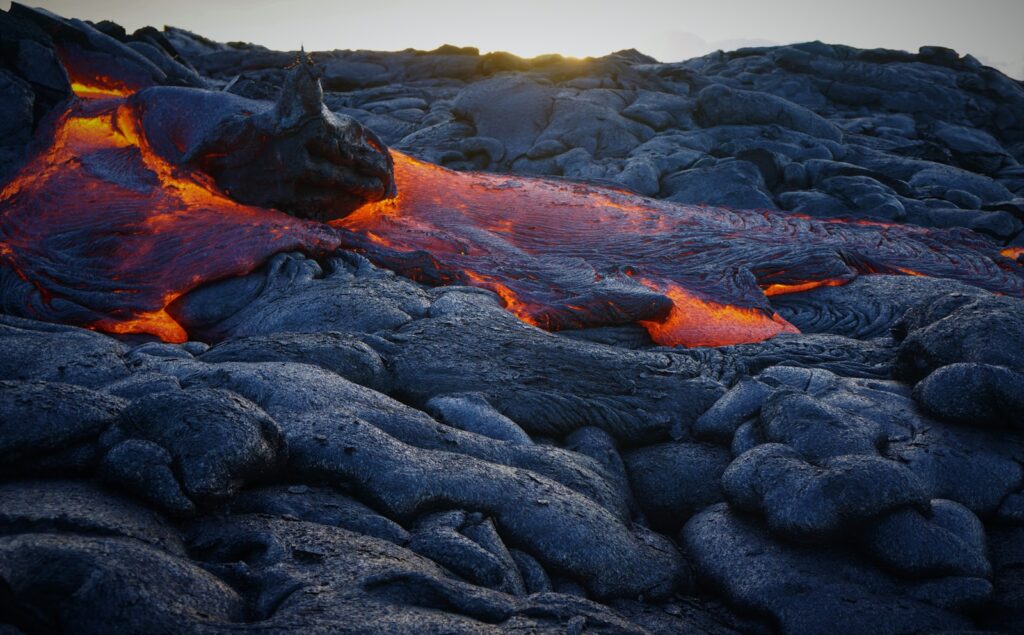
In May 2018, during Kilauea’s explosive eruption phase, three hikers became trapped in a remote section of Hawaii Volcanoes National Park when volcanic activity suddenly intensified. The danger extended beyond lava flows to include potentially lethal concentrations of sulfur dioxide gas, which had accumulated in low-lying areas between the hikers and the nearest safe zone.
Park rangers, equipped with specialized gas monitors and respiratory gear, managed to locate the stranded hikers, but conventional evacuation routes were blocked by toxic gas and newly formed fissures. In a daring operation, helicopter pilots trained for volcanic conditions navigated through dense gas clouds using thermal imaging to identify safe air corridors.
They battled severely reduced visibility and the constant risk of engine failure from airborne particulates, all while hovering long enough for rangers to secure the severely oxygen-deprived hikers. Volcanologists later reviewed gas concentration readings from the rescue zone and concluded that exposure levels were high enough to cause rapid unconsciousness or death. The successful evacuation has since helped shape emergency response protocols at active volcanic sites around the world.
Sequoia National Park’s ‘Miracle Nine’ Survival
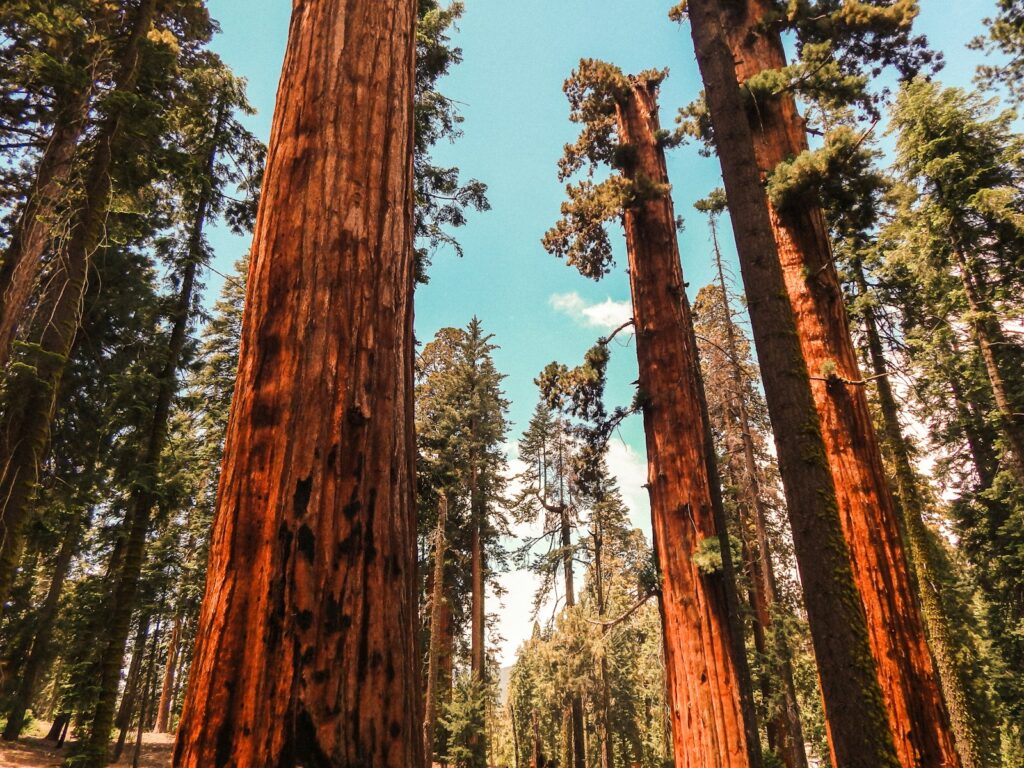
In December 2013, nine members of a hiking group became separated during a sudden whiteout snowstorm in the high country of Sequoia National Park. What followed was a five-day ordeal that search and rescue veterans later described as “statistically impossible” in terms of survival. As temperatures plunged to minus 20 degrees Fahrenheit and with minimal overnight gear, the hikers split into smaller groups in search of shelter.
Park rangers, working alongside county search teams and military units, coordinated a massive search across treacherous terrain and ultimately located all nine hikers alive—despite conditions that are typically fatal within 24 to 48 hours. Most remarkably, the hikers had independently adopted similar survival tactics: building snow caves, sharing body heat, and carefully rationing limited supplies—all without formal wilderness training.
Their collective survival defied established mortality predictions for extreme exposure. Medical researchers later studied the case to better understand how group dynamics and psychological resilience can sometimes overcome physiological limitations in life-threatening situations.
Lessons from Nature’s Most Challenging Rescues
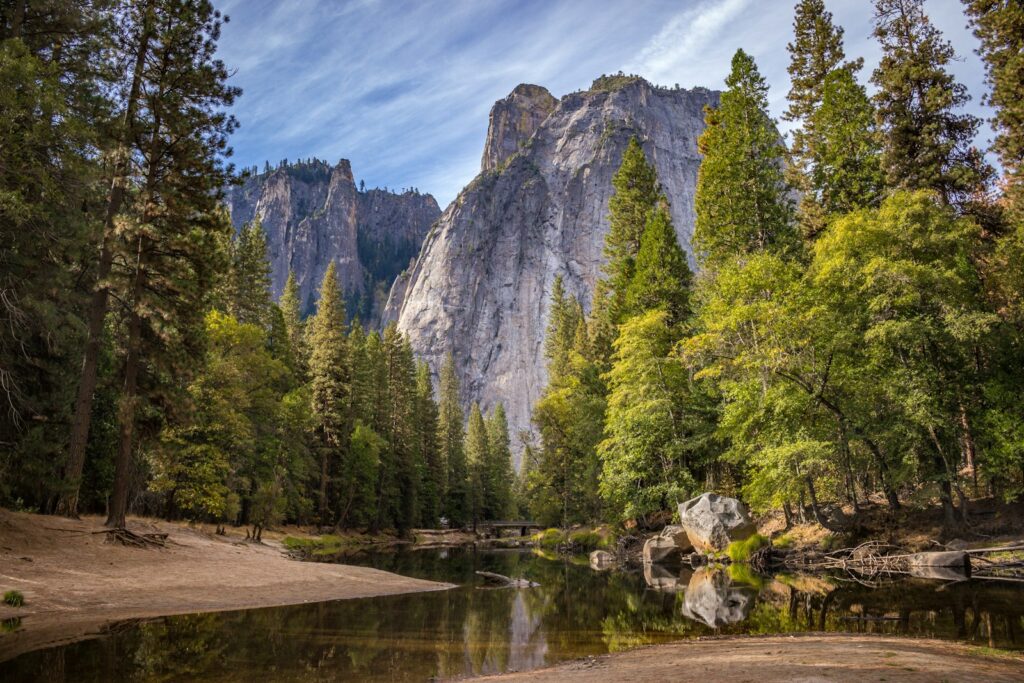
The stories of these remarkable rescues represent more than just survival against incredible odds—they highlight human ingenuity, the evolution of rescue techniques, and the unwavering dedication of those who risk their lives to save others in the wild.
Each rescue has contributed to advancements in equipment, protocols, and training that continue to benefit outdoor adventurers who find themselves in peril. These events also serve as powerful reminders of nature’s unpredictability and the critical importance of preparation when exploring remote areas.
While experts were often stunned by the complexity and success of these missions, they ultimately illustrate how the combination of human determination, technological innovation, and specialized training continues to redefine what’s possible when lives hang in the balance in our most treasured natural spaces.

